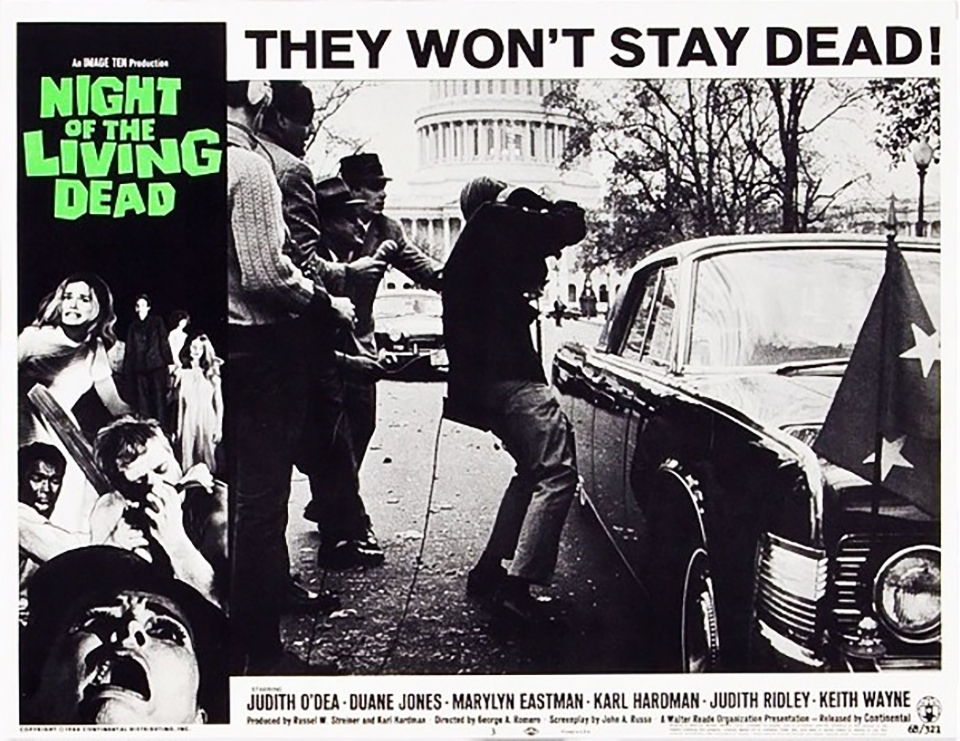
Ollie Gratzinger | Opinions Editor
With the arrival of the fall 2018 semester, students can expect a notable change around campus: The SGA-sponsored newsstands providing free copies of The New York Times, USA Today and Pittsburgh Post-Gazette will no longer be in place.
The newsstands had a previously-permanent home in the Student Union, law school and all residence halls as part of the Collegiate Readership Program (CRP). First implemented around 1994, the program’s primary goal was to encourage students to keep themselves up to date with local and global events alike, according to Rose Ravasio, media relations manager at Duquesne.
Other universities in the area host similar versions of the Collegiate Readership Program on their campuses. Carnegie Mellon, for instance, has financed its presence with a $5 “media fee,” which undergraduates — the intended beneficiaries of the CRP — pay in addition to their yearly tuition costs, according to the CMU website. Penn State offers copies of The New York Times, USA Today, The Daily Collegian and local papers, which can be accessed by swiping a student ID at a CRP kiosk.
But Student Government Association (SGA) President Eric Chatterjee believes the program in its current state has simply outlived its shelf life at Duquesne.
“Regular monitoring of the program has shown readership of these newspapers has been steadily declining over the last few years,” Chatterjee said. “The media, including newspapers, are putting greater emphasis on their online editions because of the convenience it gives readers and viewers in getting up-to-date information.”
Ravasio echoed the same thought.
“During recent years, news outlets have transitioned to online editions, which conveniently provide up-to-date news,” she said. “As a result, there have been a marked decline in students taking advantage of the program on campus.”
Ravasio also cited the program’s cost and Duquesne’s “commitment to sustainability” as additional reasons for its discontinuation, along with its dwindling circulation. However, the university declined to comment on how much money the program’s cancellation will actually save.
This decline is not exclusive to Duquesne’s campus. In fact, national numbers reflect the same trend.
In a 2016 report, the Pew Research Center estimated that most Americans prefer to get their news from a screen, with only 20 percent of U.S. adults reading printed publications. Among adults between the ages of 18 and 29 — the prominent college demographic — only 5 percent obtained news regularly from a physical newspaper. Comparatively, 72 percent of U.S. adults get their news from mobile devices such as smartphones or tablets.
Eric Chatterjee says that with trends such as these in mind, he hopes the SGA can “make way for a better option for students.”
“The SGA will begin working with the University administration to coordinate with Gumberg Library to re-shape [newspaper] service for 21st-century students,” he said.
The University of Pittsburgh, Duquesne’s closet neighbor, offers its students free digital access to the New York Times’ online content. While similar options are being considered as possible alternatives to the decades-old program at Duquesne, there are no immediate replacements arranged as of now.




